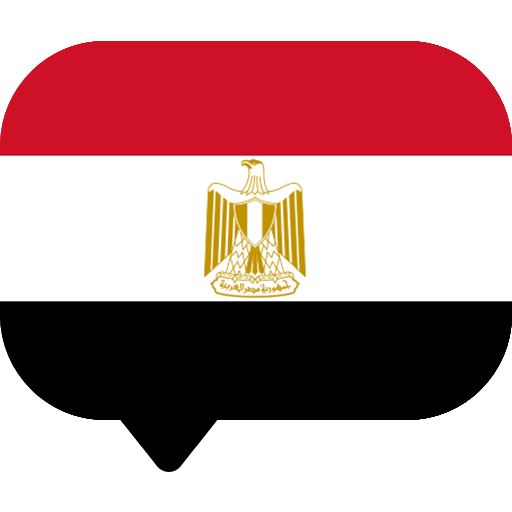|
Pigment List and Characteristics It is of great importance to use the right amount of dispersion control additive in order to achieve an optimum pigment dispersion. The dispersion control additive (commonly called dispersant) main function is to prevent pigment re-agglomeration by forming a barrier-like layer around the pigment surface. It is therefore necessary to calculate the amount of dispersant needed according to the surface area of the pigment.
|
|
|
From past experience, a handy calculation method has been developed that will minimize initial testing trials. The method is based on the oil absorption (OA), (BET) and (DBP) values.
These values are usually provided by the pigment suppliers. Oil absorption-value (expressed in g/100g): The oil absorption (OA) of a pigment is defined as the number of grams of linseed oil absorbed by 100 gms of the pigment. BET-value (expressed in m2/g): The BET-value is defined as being the surface area of a pigment per its weight; and is determined by N2-adsorption method according to Brunauer, Emmet and Teller. DBP-value (expressed in cm3/100g): The Dibutylphtalate (DBP)-value is defined as being the volume of Dibutylphtalate absorbed by 100 grams of black pigment. We have taken the time to collect information from several pigment suppliers such as the color index, chemistry and the exact values (OA, BET and DBP) required when stabilizing the pigment. Here in this link a list containing more than a thousand of different commercially known pigments. In case a pigment is not listed , please contact your pigment supplier to get the required value (OA, BET or DBP) for your calculation of dispersant dosage. |
|

 English
English Chinese
Chinese Frensh
Frensh Arabic
Arabic